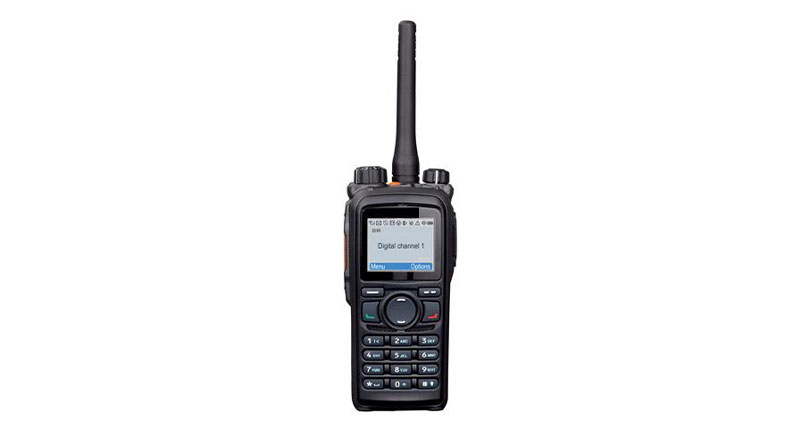
Digital Mobile Radio (DMR) is a two-way radio standard established internationally for all of the functions defined in the DMR standard, equipment produced by various manufacturers to work together on the same network.
The Digital Mobile Radio standard was established by the European Telecommunications Standards Institute (ETSI) and was verified for the first time in 2005.
DMR equipment Provider Company signed a Memorandum of Understanding with ETSI to help grow Digital Mobile Radio as an open system. Fylde Micro, Icom, Kenwood, Motorola, Selex, Tait, and Vertex Standard are the leading providers of Digital Mobile Radio.
The introduction of digital mobile radio was a blessing to everyone and has significantly streamlined the procedure. In a variety of businesses, two-way radio technology has changed communication ways.
Types of Digital Mobile Radio tier
DMR aspires to replace analogue radio with a low-cost, low-complexity digital standard. The ETSI DMR Standard divides the world into three tiers.
Benefits of using Digital Mobile Radio
Instead of typical analogue signals, digital mobile radio employs digital signal processing. Some digital mobile radios can receive and broadcast both digital and analogue signals. Although GPS is included in a handful of digital mobile radios, that is not required.
DMR provides superior coverage, whether in a multisite or single operation. The DMRs have a longer range than their analogue equivalents, allowing for clear communication even during poor signal strength locations.
DMR's combined data and audio abilities are one of the most appealing features. GPS location, Text messaging, telemetry, work ticketing SCADA, radio programming, and better safety features are just a few of the apps that make DMRs more than just two-way radios. Much line-of-business software, such as CAD (Computer Aided Dispatch) and work order management, can readily incorporate these radio systems.
The transmission of every sound was one of the challenges with analogue radios. DMRs, eliminate voice problems, providing crisper and more lucid audio with substantially less background distortion, noise, and static. Intelligent Audio is a newer feature in DMR that automatically changes the radio intensity to meet the noise level of the location.
DMR allows two concurrent and distinct calls made on a single 12.5 kHz channel. To increase capacity, Time Division Multiple Access (TDMA) is used. DMR uses TDMA to keep the 12.5 kHz channel breadth and split into two consecutive timeslots acting as an independent communication path.
Compared to analogue technology, digital technology is considered far more energy-efficient. The use of the radio in DMR is substantially lower than in narrowband analogue radio due to the adoption of TDMA technology. As a result, DMRs can provide longer battery life and improved performance.
Range of the Digital Mobile Radio
The range of the Digital Mobile Radio depends on the infrastructure installed around it. DMR radio systems could have any range you want. DMR Repeaters can spread signals over a broad region, yet pockets of connectivity can be formed by sending data between repeaters via other methods such as microwave links or the internet. DMR has a frequency range of 30 MHz to 1 GHz.
Conclusion
The standard's primary function is to provide a digital system with reduced cost, minimal complexity, and cross-brand portability so that radio communications buyers are not trapped in a specific solution. Considering the prevailing narrow capability of the DMR specification, many vendors have implemented proprietary features that prevent their products from interoperating with those of other brands.
DMR is the most well-established digital technology on the market today, and it's the obvious choice for companies wishing to install new digital two-way radio systems or update current analogue radio systems to digital.
Professional Mobile Radio systems can be converted from analogue to digital technology using digital mobile radio technology. It is an appropriate platform for many users because the DMR standard was designed to make the transition from analogue to digital as simple as possible. All these factors work together for the growth of the Digital Mobile Radio market.
The global Digital Mobile Radio market is estimated to rise at a market growth of 10.0% CAGR during the forecast period.